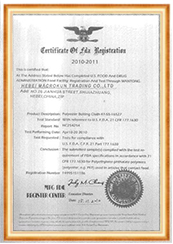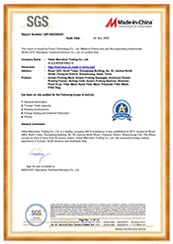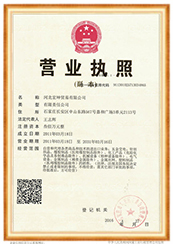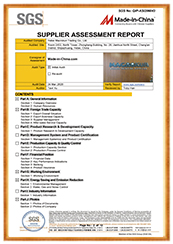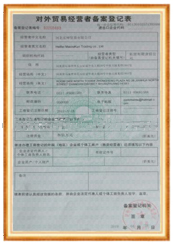Proper Tools for Cleaning Nylon Mesh Screens
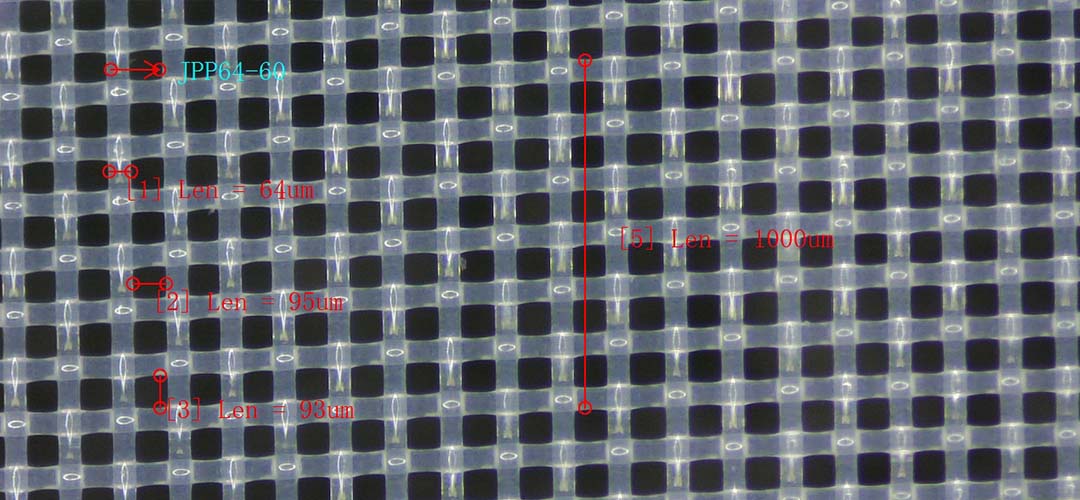
When it comes to cleaning and maintaining nylon mesh screens, having the right tools is essential to ensure that the job is done effectively and efficiently. Nylon mesh screens are commonly used in a variety of applications, such as in window screens, screen doors, and filtration systems. Over time, these screens can become dirty and clogged with debris, which can impact their performance and longevity. By using the proper tools for cleaning nylon mesh screens, you can keep them in optimal condition and extend their lifespan.
One of the most important tools for cleaning nylon mesh screens is a soft-bristled brush. A soft-bristled brush is gentle enough to remove dirt and debris from the screen without causing damage to the delicate nylon material. When using a soft-bristled brush, be sure to brush in a gentle, circular motion to loosen and remove any buildup on the screen. Avoid using harsh or abrasive brushes, as these can cause tears or damage to the nylon mesh.
In addition to a soft-bristled brush, a vacuum cleaner with a brush attachment can also be a useful tool for cleaning nylon mesh screens. The brush attachment can help to loosen dirt and debris from the screen, making it easier to remove with the vacuum. When using a vacuum cleaner on a nylon mesh screen, be sure to use a low suction setting to avoid damaging the screen. It is also important to move the vacuum in a gentle, back-and-forth motion to prevent the screen from tearing.
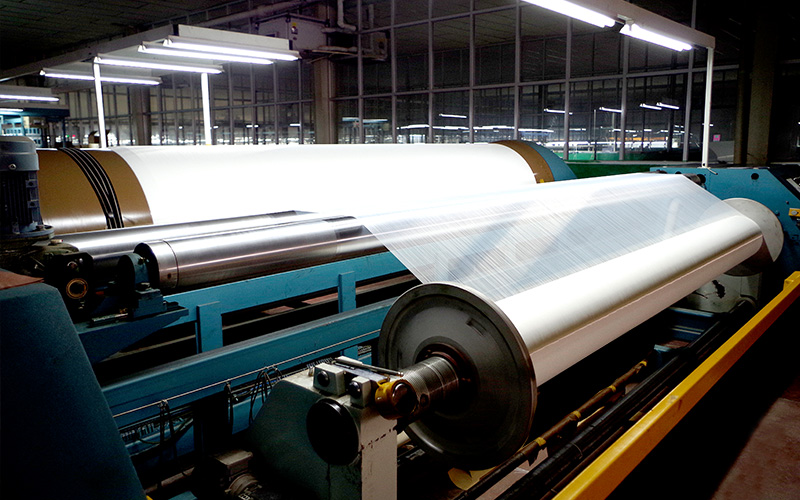
Another tool that can be helpful for cleaning nylon mesh screens is a mild detergent or cleaning solution. To make a cleaning solution for nylon mesh screens, mix a small amount of mild detergent with warm water in a bucket. Dip a soft-bristled brush or sponge into the cleaning solution and gently scrub the screen to remove dirt and debris. Be sure to rinse the screen thoroughly with clean water after cleaning to remove any residue from the detergent.
When cleaning nylon mesh screens, it is important to avoid using harsh chemicals or cleaners, as these can damage the delicate nylon material. Instead, opt for mild detergents or cleaning solutions that are safe for use on nylon. Additionally, avoid using excessive force when cleaning nylon mesh screens, as this can cause tears or damage to the screen. By using the proper tools and techniques for cleaning nylon mesh screens, you can keep them in optimal condition and ensure their longevity.
In conclusion, having the proper tools for cleaning nylon mesh screens is essential to maintaining their performance and longevity. Soft-bristled brushes, vacuum cleaners with brush attachments, and mild detergents are all useful tools for cleaning nylon mesh screens. By using these tools and following proper cleaning techniques, you can keep your nylon mesh screens clean and in optimal condition for years to come.
Cleaning and maintaining a nylon mesh screen is essential for ensuring its longevity and optimal performance. Over time, dirt, dust, and debris can accumulate on the screen, obstructing airflow and diminishing its effectiveness. Therefore, a systematic approach to cleaning is necessary to restore its functionality. The first step in this process is to gather the appropriate materials. You will need a soft brush or vacuum cleaner with a brush attachment, a mild detergent, a bucket of warm water, a sponge or soft cloth, and a hose or access to clean water for rinsing.
Once you have assembled your cleaning supplies, the next step is to remove the nylon mesh screen from its frame or mounting. This is crucial, as it allows for a thorough cleaning without the risk of damaging the surrounding structure. Carefully detach the screen, taking care not to bend or distort the mesh. After removing the screen, it is advisable to gently brush off any loose dirt or debris. Using a soft brush or a vacuum cleaner with a brush attachment can effectively dislodge particles without causing damage to the mesh.
After the initial cleaning, prepare a solution of mild detergent and warm water in a bucket. It is important to choose a detergent that is free from harsh chemicals, as these can degrade the nylon material over time. Dip a sponge or soft cloth into the soapy water, ensuring it is damp but not dripping. Begin wiping down the screen, starting from one corner and working your way across the entire surface. This methodical approach ensures that you cover every inch of the mesh, removing any stubborn stains or buildup.
As you clean, pay special attention to the edges and corners of the screen, where dirt tends to accumulate. If you encounter particularly tough spots, you may need to apply a bit more pressure or let the soapy water sit for a few minutes to loosen the grime. Once you have thoroughly cleaned the screen, the next step is to rinse it. Using a hose or a bucket of clean water, carefully rinse off all soap residue. It is crucial to ensure that no detergent remains on the mesh, as this can attract more dirt and lead to quicker buildup in the future.
After rinsing, gently shake the screen to remove excess water. It is advisable to avoid wringing or twisting the mesh, as this can cause it to lose its shape. Instead, lay the screen flat on a clean surface or hang it up to air dry. Ensure that it is completely dry before reattaching it to its frame or mounting. This step is vital, as moisture trapped in the mesh can lead to mold or mildew growth, compromising the integrity of the material.
Once the nylon mesh screen is dry, you can proceed to reattach it to its frame. Ensure that it is securely fastened to prevent any sagging or misalignment. Regular maintenance is also important; consider establishing a cleaning schedule based on the environment in which the screen is used. For instance, screens in dusty areas may require more frequent cleaning than those in cleaner environments. By following these steps and maintaining a consistent cleaning routine, you can ensure that your nylon mesh screen remains in excellent condition, providing effective performance for years to come.
Nylon mesh screens are commonly used in a variety of applications, from window screens to filtration systems. These screens are durable and long-lasting, but they do require regular cleaning and maintenance to ensure optimal performance. In this article, we will discuss the best cleaning solutions for nylon mesh screens to help you keep them in top condition.
One of the most important things to remember when cleaning a nylon mesh screen is to use gentle cleaning solutions that will not damage the delicate fibers of the screen. Harsh chemicals can cause the nylon to break down over time, leading to tears and holes in the mesh. Instead, opt for mild, non-abrasive cleaners that are safe for use on nylon materials.
One of the best cleaning solutions for nylon mesh screens is a mixture of warm water and mild dish soap. Simply fill a bucket with warm water and add a small amount of dish soap. Use a soft-bristled brush or sponge to gently scrub the screen, paying special attention to any areas that are particularly dirty or stained. Rinse the screen thoroughly with clean water to remove any soap residue, and allow it to air dry completely before reinstalling it.
Another effective cleaning solution for nylon mesh screens is a mixture of white vinegar and water. Vinegar is a natural disinfectant and deodorizer, making it a great choice for cleaning screens that may have accumulated dirt, dust, or odors over time. Simply mix equal parts white vinegar and water in a spray bottle, and mist the solution onto the screen. Use a soft cloth or sponge to gently scrub the screen, then rinse it thoroughly with clean water and allow it to air dry.
For stubborn stains or odors, you can also try using a baking soda paste to clean your nylon mesh screen. Mix baking soda with a small amount of water to create a thick paste, then apply it to the stained areas of the screen. Allow the paste to sit for a few minutes to help lift the stain, then scrub the screen with a soft brush or sponge. Rinse the screen thoroughly with clean water and allow it to air dry.
In addition to regular cleaning, it is also important to properly maintain your nylon mesh screen to ensure its longevity. Avoid using sharp objects or abrasive cleaners that could damage the delicate fibers of the screen. Instead, gently brush away any dirt or debris with a soft-bristled brush, and avoid pulling or stretching the screen when removing it for cleaning.
| Class | Mesh Size (/cm) |
Mesh Size (/inch) |
Thread Dia (um) |
Mesh Opening (um) |
Thickness (um) |
Net Weight (g/m2) |
| NL4/1950 | 4 | 10 | 550 | 1950 | 1100 | 307 |
| NL5/1500 | 5 | 13 | 500 | 1500 | 1000 | 318 |
| NL6/1267 | 6 | 15 | 400 | 1267 | 800 | 244 |
| NL7/1079 | 7 | 18 | 350 | 1079 | 700 | 218 |
| NL8/900 | 8 | 20 | 350 | 900 | 700 | 249 |
| NL9/861 | 9 | 23 | 250 | 861 | 500 | 143 |
| NL9/811 | 9 | 23 | 300 | 811 | 600 | 206 |
| NL10/750 | 10 | 25 | 250 | 750 | 500 | 159 |
| NL10/700 | 10 | 25 | 300 | 700 | 600 | 229 |
| NL12/583 | 12 | 30 | 250 | 583 | 500 | 191 |
| NL12/533 | 12 | 30 | 300 | 533 | 600 | 274 |
| NL14/514 | 14 | 36 | 200 | 514 | 340 | 142 |
| NL16/425 | 16 | 40 | 200 | 425 | 340 | 160 |
| NL20/350 | 20 | 50 | 150 | 350 | 255 | 113 |
| NL20/300 | 20 | 50 | 200 | 300 | 340 | 200 |
| NL24/267 | 24 | 60 | 150 | 267 | 255 | 135 |
| NL28/237 | 28 | 70 | 120 | 237 | 204 | 101 |
| NL30/213 | 30 | 76 | 120 | 213 | 204 | 110 |
| NL32/213 | 32 | 80 | 100 | 213 | 170 | 80 |
| NL36/178 | 36 | 90 | 100 | 178 | 170 | 90 |
| NL40/150 | 40 | 100 | 100 | 150 | 170 | 100 |
| NL43/153 | 43 | 110 | 80 | 153 | 136 | 70 |
| NL48/128 | 48 | 120 | 80 | 128 | 136 | 77 |
| NL56/119 | 56 | 140 | 60 | 119 | 102 | 50 |
| NL64/96 | 64 | 160 | 60 | 96 | 102 | 58 |
| NL72/89 | 72 | 180 | 50 | 89 | 85 | 45 |
| NL80/75 | 80 | 200 | 50 | 75 | 85 | 50 |
| NL100/57 | 100 | 250 | 43 | 57 | 73 | 46 |
| NL110/48 | 110 | 280 | 43 | 48 | 73 | 52 |
| NL120/48 | 120 | 300 | 35 | 48 | 60 | 37 |
| NL120/40 | 120 | 300 | 43 | 40 | 73 | 55 |
| NL130/42 | 130 | 330 | 35 | 42 | 60 | 40 |
| NL130/34 | 130 | 330 | 43 | 34 | 73 | 61 |
| NL140/36 | 140 | 350 | 35 | 36 | 60 | 43 |
| NL157/25 | 157 | 400 | 43 | 25 | 73 | 74 |
| NL180/20 | 180 | 450 | 39 | 20 | 66 | 68 |
| NL200/15 | 200 | 500 | 39 | 15 | 66 | 76 |
| NL220/10 | 220 | 550 | 39 | 10 | 66 | 84 |
| NL240/5 | 240 | 600 | 39 | 5 | 66 | 91 |
If your nylon mesh screen becomes damaged or torn, it is important to repair it as soon as possible to prevent further damage. Small tears or holes can often be repaired with a patch kit specifically designed for nylon materials. Simply follow the instructions on the patch kit to mend the screen and restore its integrity.

By following these tips for cleaning and maintaining your nylon mesh screen, you can keep it looking and performing its best for years to come. Regular cleaning with gentle solutions and proper maintenance will help to extend the life of your screen and ensure that it continues to function effectively in whatever application it is used.
Maintaining the longevity of nylon mesh screens is essential for ensuring their effectiveness and durability. These screens are widely used in various applications, from windows and doors to industrial filtration systems, and their performance can significantly impact overall functionality. To begin with, regular cleaning is crucial. Dust, dirt, and debris can accumulate on the surface of the mesh, obstructing airflow and reducing visibility. Therefore, it is advisable to clean the screens at least once every few months, or more frequently in areas with high levels of dust or pollen. A simple solution of mild soap and water can be effective; using a soft brush or cloth will help remove stubborn grime without damaging the mesh.
In addition to regular cleaning, inspecting the nylon mesh screens for signs of wear and tear is equally important. Over time, exposure to the elements can lead to fraying or fading, which may compromise the screen’s integrity. During inspections, look for any holes or weak spots that could allow insects or debris to pass through. If any damage is detected, it is often possible to repair small tears with a patch kit specifically designed for nylon mesh. However, if the damage is extensive, replacing the screen may be the best option to ensure optimal performance.
Furthermore, proper installation plays a significant role in the longevity of nylon mesh screens. Ensuring that the screens are fitted correctly can prevent unnecessary stress on the material, which can lead to premature wear. When installing or re-installing screens, it is essential to follow the manufacturer’s guidelines closely. This includes using the appropriate frame and securing the mesh tightly without overstretching it. A well-fitted screen not only enhances its lifespan but also improves its functionality by providing a better seal against pests and environmental elements.
Moreover, protecting nylon mesh screens from harsh environmental conditions can significantly extend their life. For instance, if the screens are exposed to direct sunlight for prolonged periods, the UV rays can degrade the material over time. To mitigate this, consider using UV-resistant coatings or installing screens in shaded areas whenever possible. Additionally, during extreme weather conditions, such as heavy storms or high winds, it may be prudent to remove the screens temporarily to prevent damage.
Another aspect to consider is the use of appropriate cleaning tools and products. While it may be tempting to use abrasive cleaners or tools, these can scratch or weaken the nylon mesh. Instead, opt for gentle cleaning solutions and soft cloths or brushes. This approach not only preserves the integrity of the mesh but also ensures that it remains visually appealing.
Lastly, educating users about the proper care and maintenance of nylon mesh screens can foster a culture of responsibility and awareness. Providing clear instructions on cleaning and maintenance can empower individuals to take proactive steps in preserving their screens. By implementing these practices, users can enjoy the benefits of nylon mesh screens for years to come, ensuring that they remain functional and effective in their intended applications. In conclusion, a combination of regular cleaning, careful inspection, proper installation, environmental protection, and appropriate cleaning methods will significantly contribute to the longevity of nylon mesh screens, ultimately enhancing their performance and reliability.
Pre: Why Nylon Mesh is the Best Choice for Screen Printing
Next: Why 10 Micron Nylon Mesh is Essential in Medical and Laboratory Filtration

MACROKUN has established long-term and stable cooperative relations with many transportation companies such as China Post, DHL, FEDEX, USPS, UPS, etc. Of course, MACROKUN can also provide air and sea transportation. The powerful logistics system enables all MACROKUN'S Printing Mesh, Filter Mesh and Filter Bags and so on to be easily and efficiently transported to any place. For quotes and inquiries, please email our sales team.
